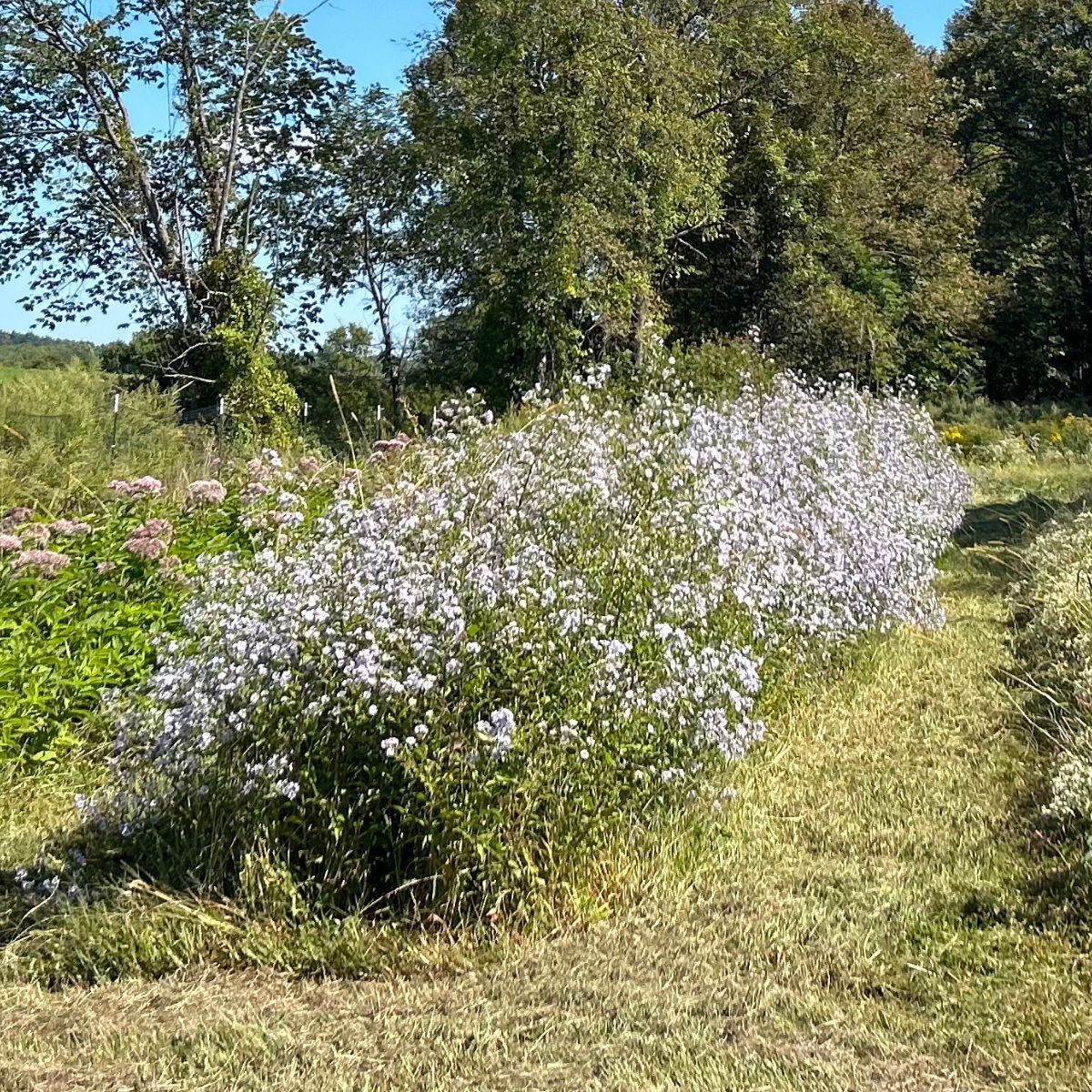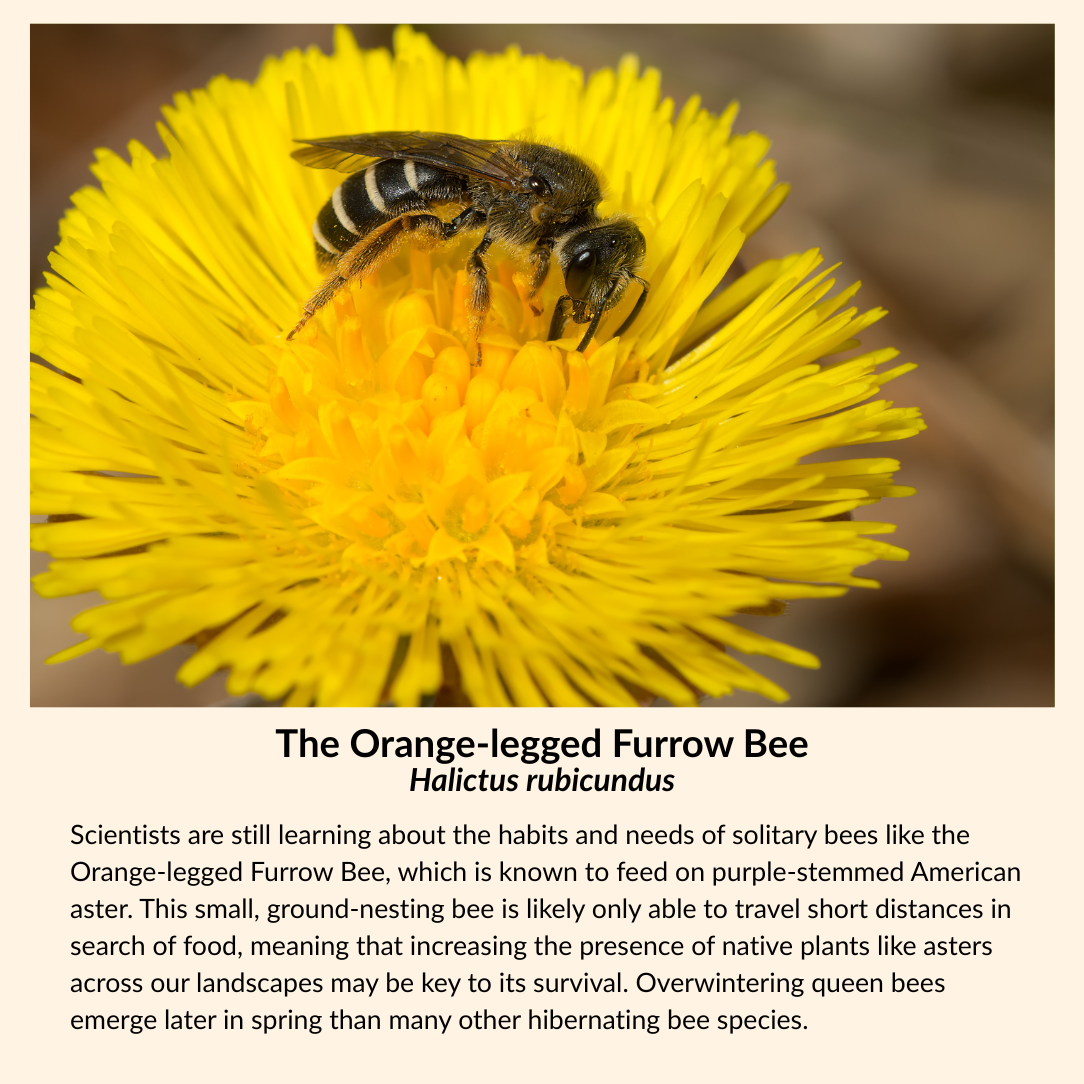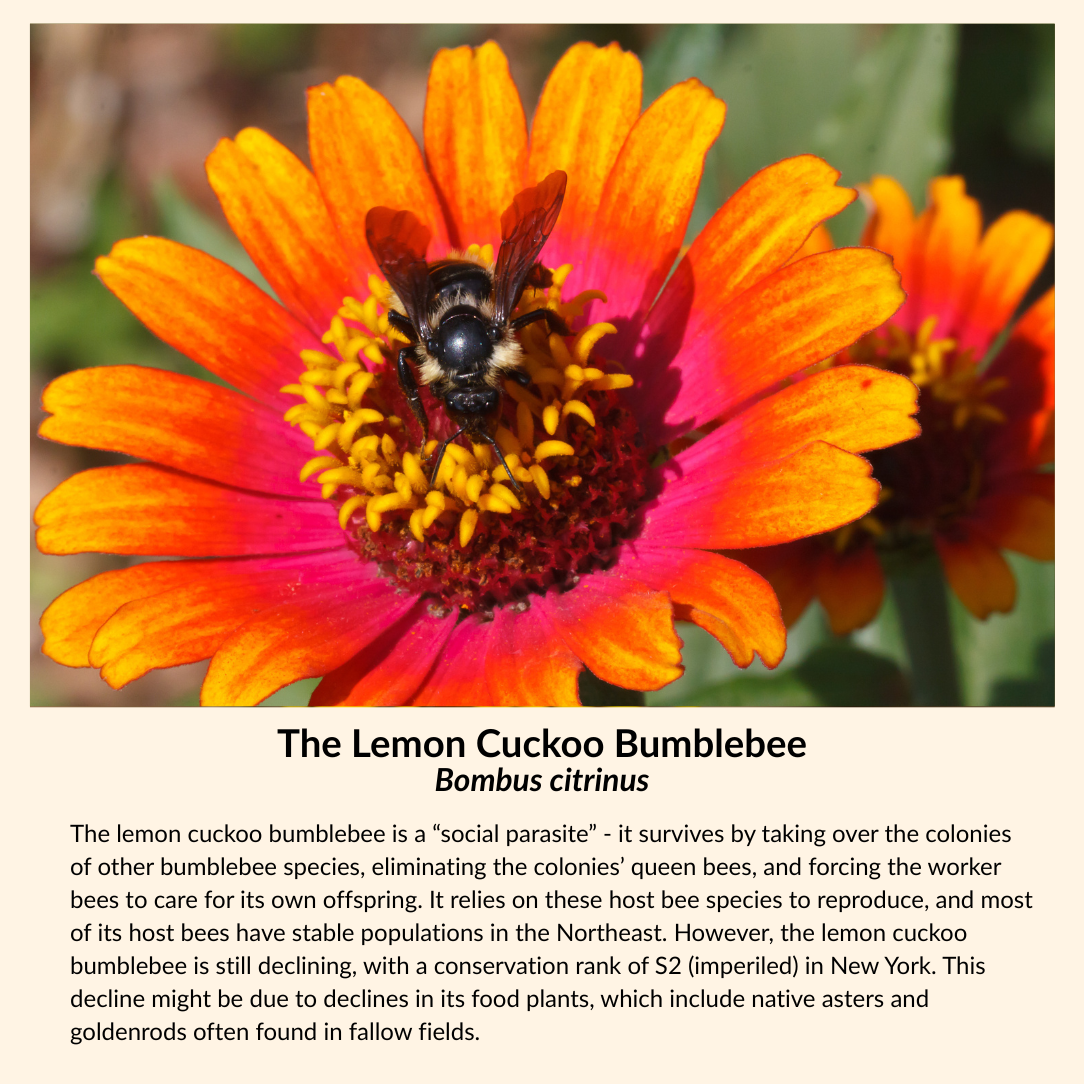Purplestem Aster - PollinateHV Local Ecotype
Symphyotrichum punicem
Certified Organic
Purples and golds dazzle at summer's end.
The pretty purple and gold flowers of Purplestem Aster give a wispy appearance to late-season borders and gardens—a fittingly soft effect that helps the garden transition out of summer. Its blooms are also a positive force in your landscape, serving as a great source of nectar for bumblebees and supplying pollen and nectar to miner bees, cuckoo bees, leafcutter bees, cellophane bees, and sweat bees. It’s known to support at least 18 native Hudson Valley pollinators whose populations are threatened or declining.
An easy-to-grow plant, Purplestem Aster is quite adaptable but grows best in soils that stay on the moist side, growing well in both full sun and semi-shade.
This local ecotype seed is of Hudson Valley wild origin and has been scaled for production on our farm in Accord, NY.
PollinateHV is a collaboration between the Hudson Valley Seed Company and Partners for Climate Action Hudson Valley in support of threatened native pollinators.
We worked with a team of expert botanists, seed collectors, nursery growers and farmers to produce local ecotype native seeds to support at-risk Hudson Valley pollinators. You can find more information about this project at pollinatehv.org/seed-work. Learn more about the Hudson Valley's threatened pollinators and find resources to install pollinator habitat at all scales at pollinatehv.org.
Buy 5 PollinateHV Seeds, Get +1 FREE
Couldn't load pickup availability
Growing instructions
Product Details
| Days to Maturity | 180 days |
|---|---|
| Days to Germination | 60+ |
| Width at Maturity | 12" |
| Height at Maturity | 36"-60" |
| Hardiness Zone Range | 4 5 6 7 8 9 |
| Sun Conditions | Partial Sun (4-6 hours Sun), Full Sun (8+ Hours Sun) |
| Planting Depth | 1/4" |
| Row Spacing | 24 inches |
| Plant Spacing | 12 inches |


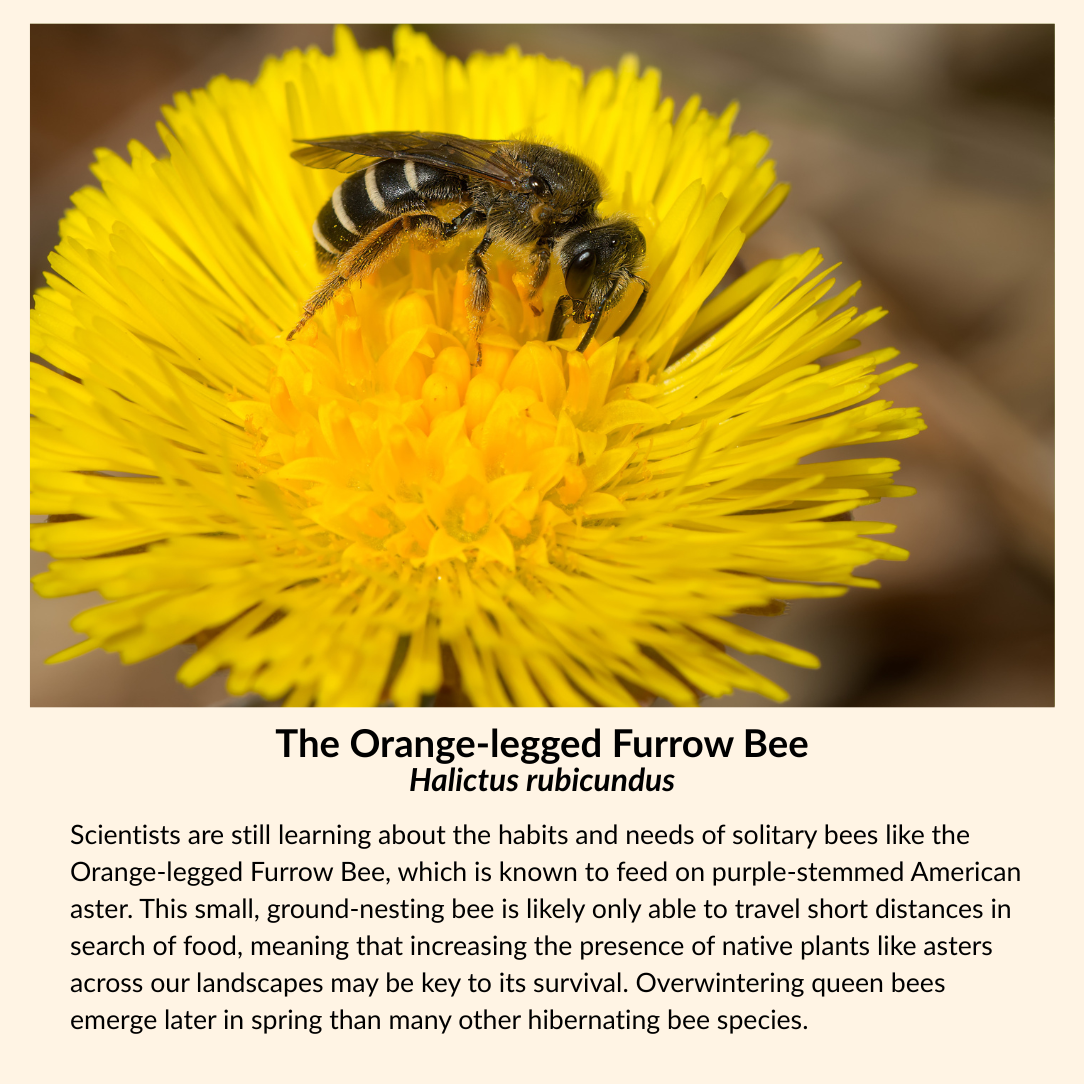
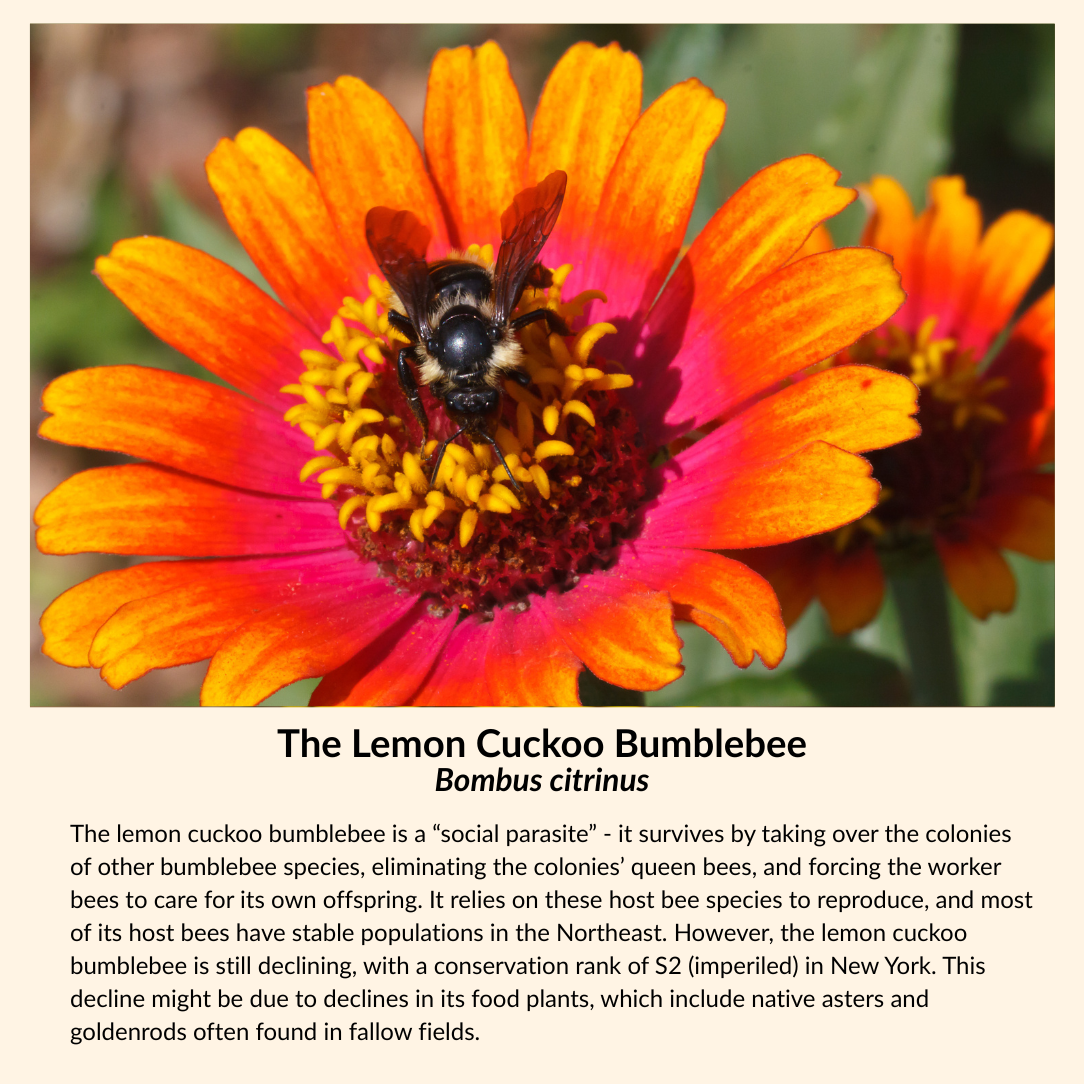

Purplestem Aster - PollinateHV Local Ecotype
- Regular price
-
$5.99 - Regular price
-
- Sale price
-
$5.99



